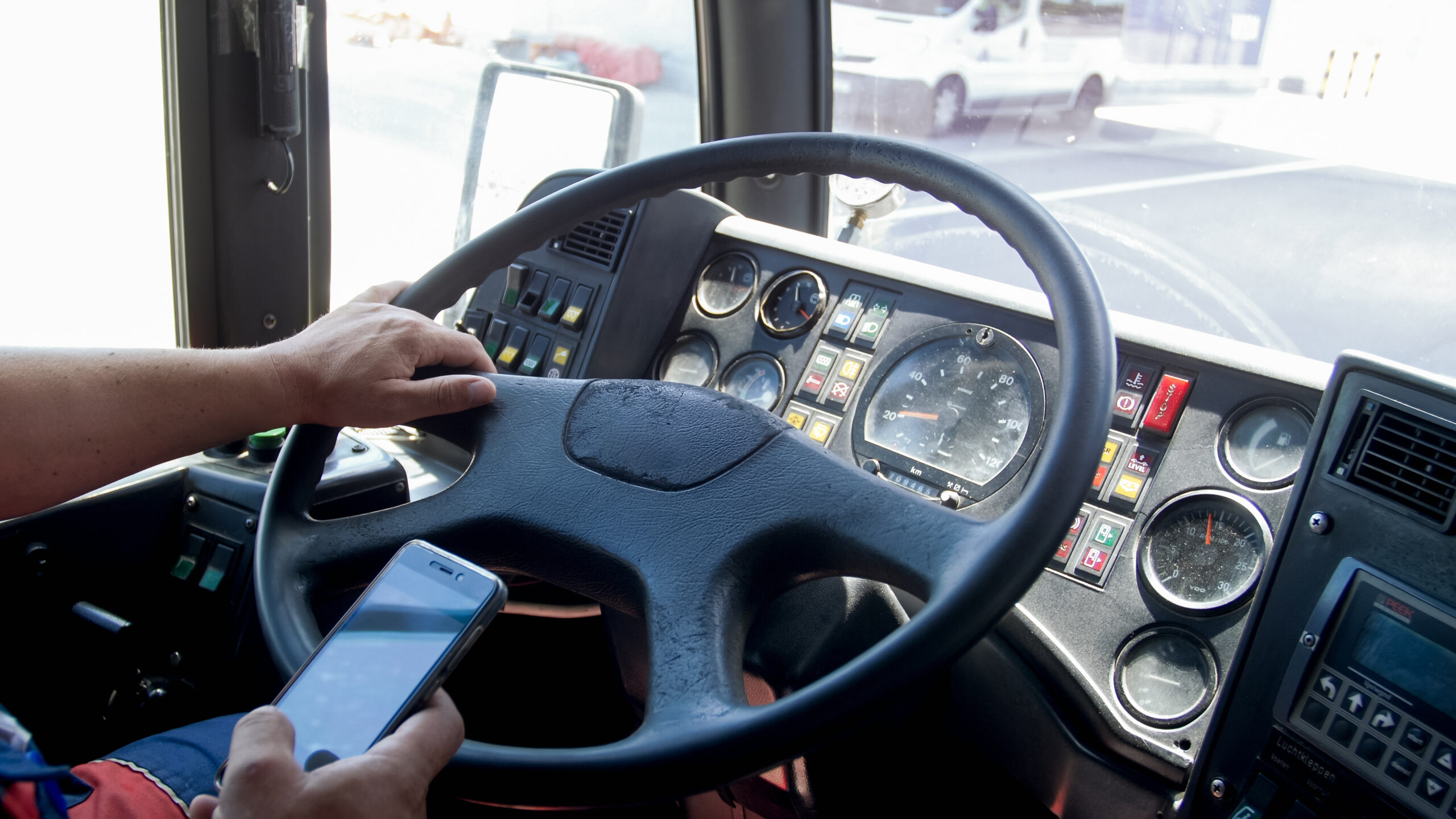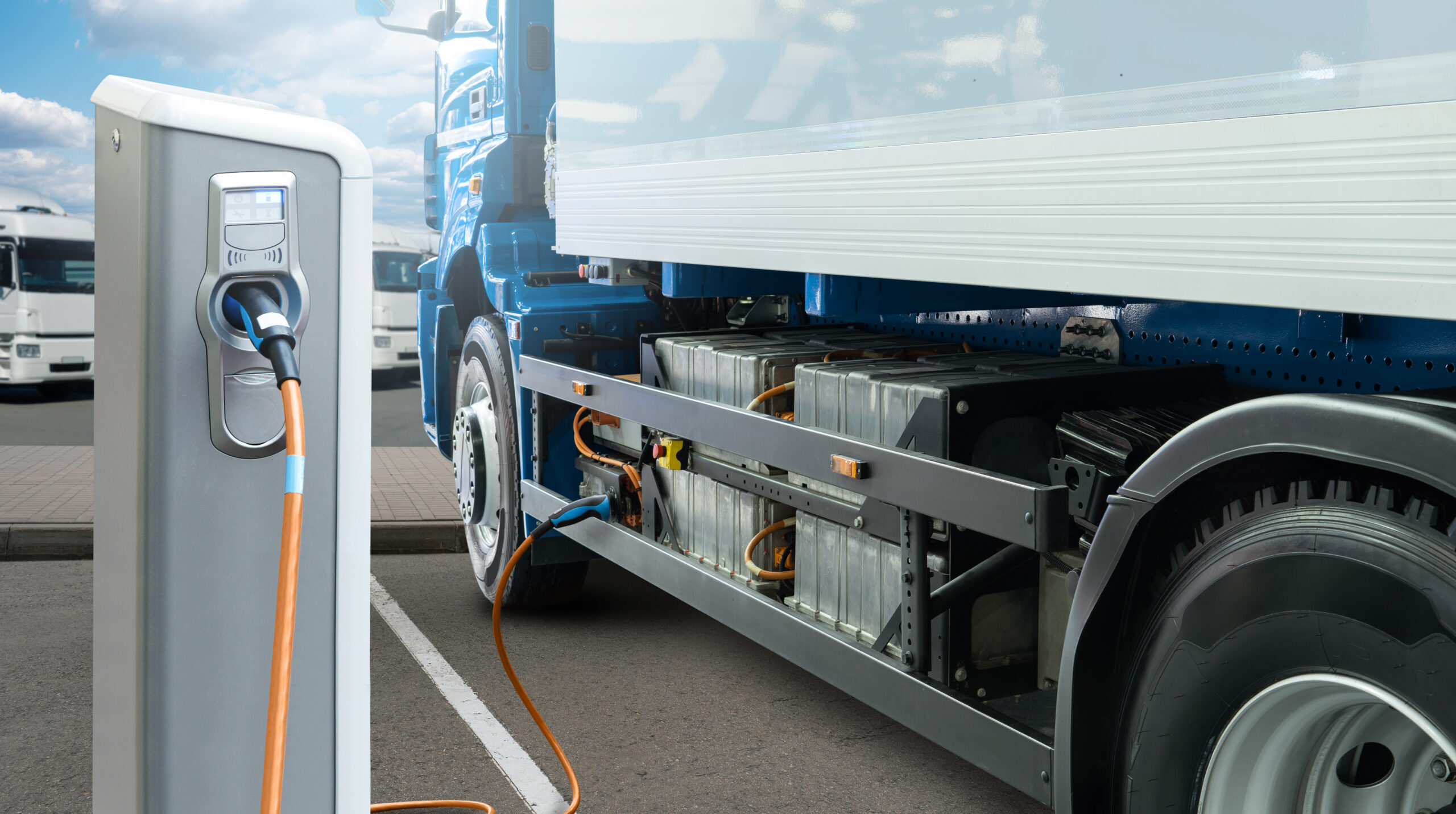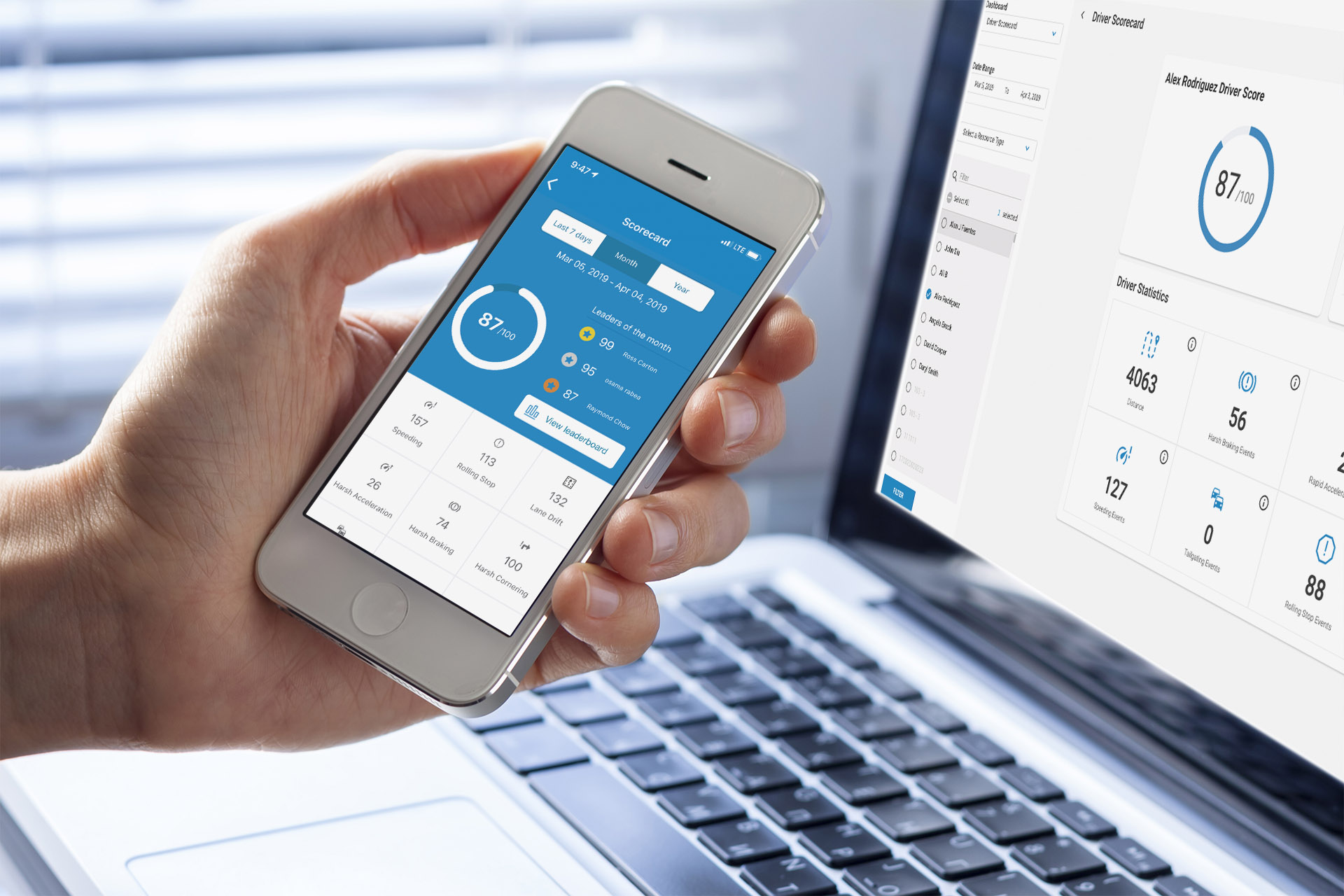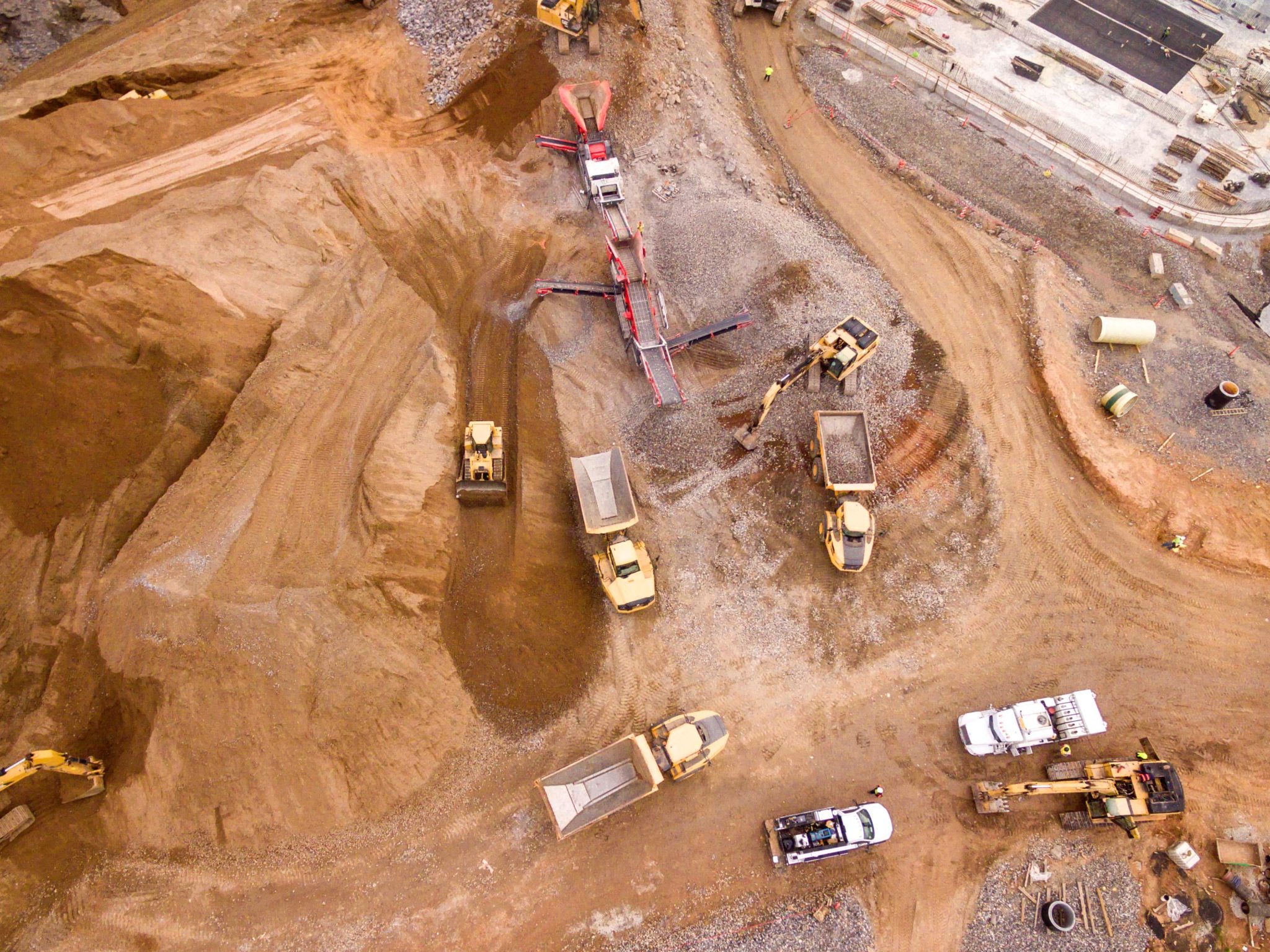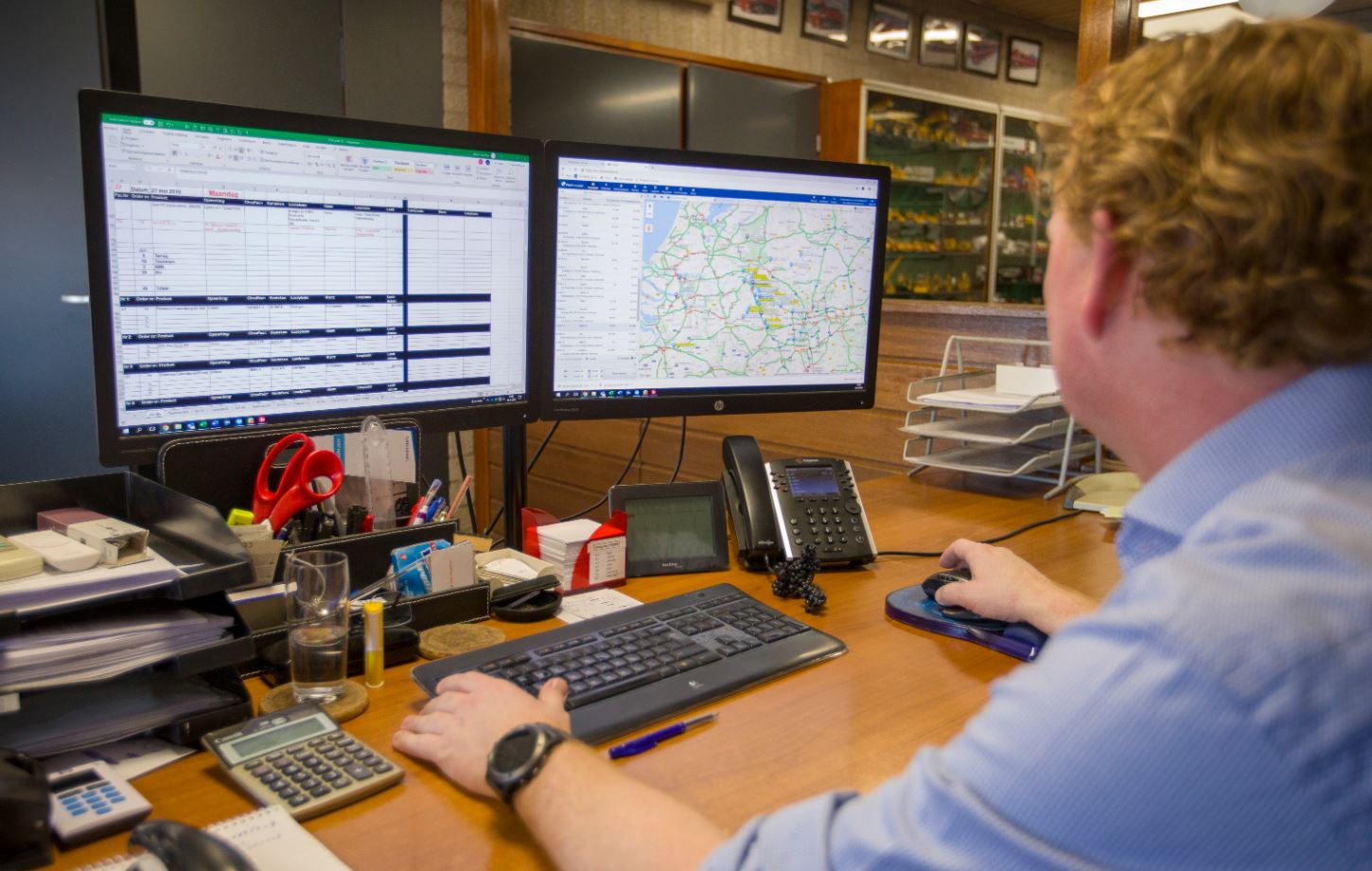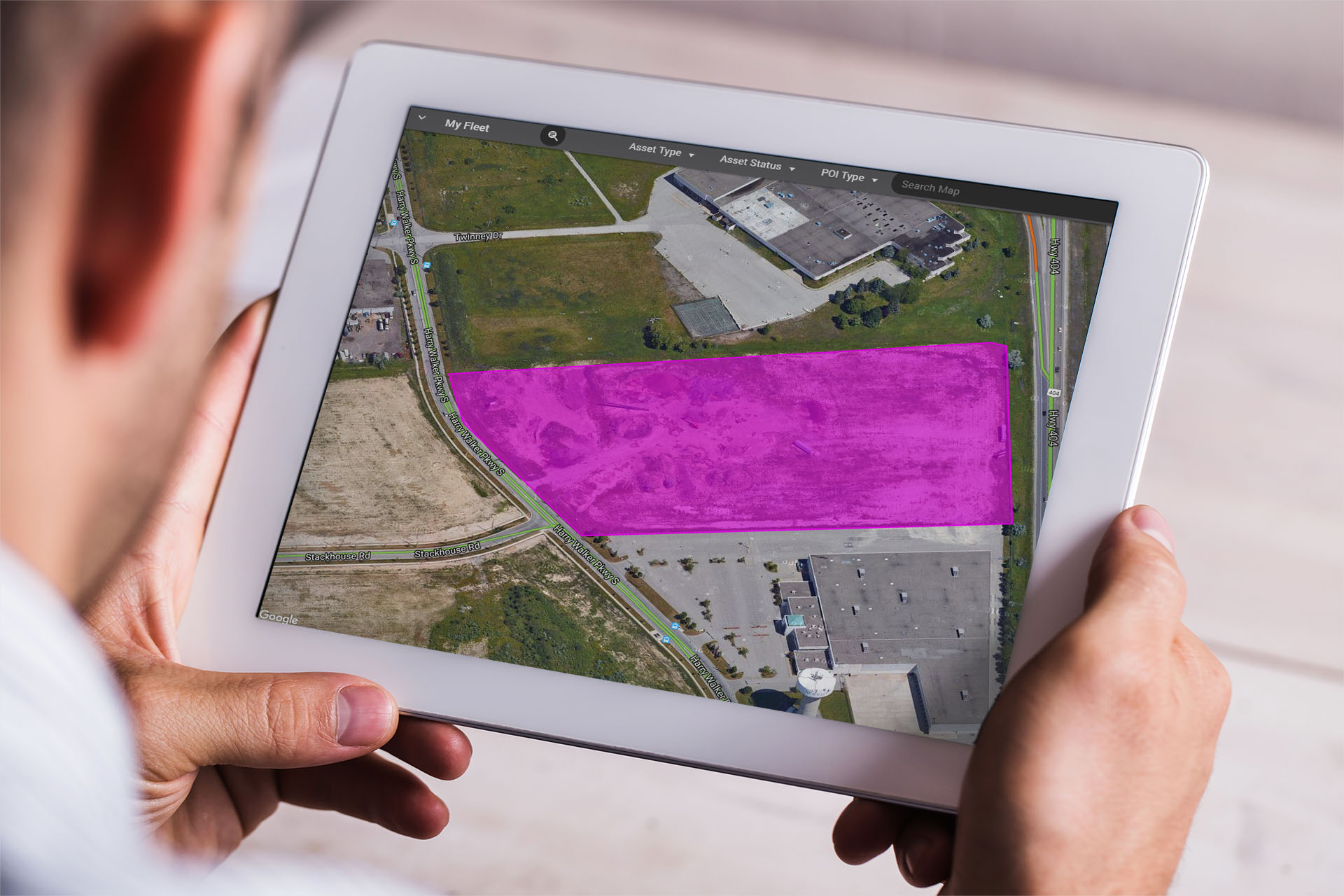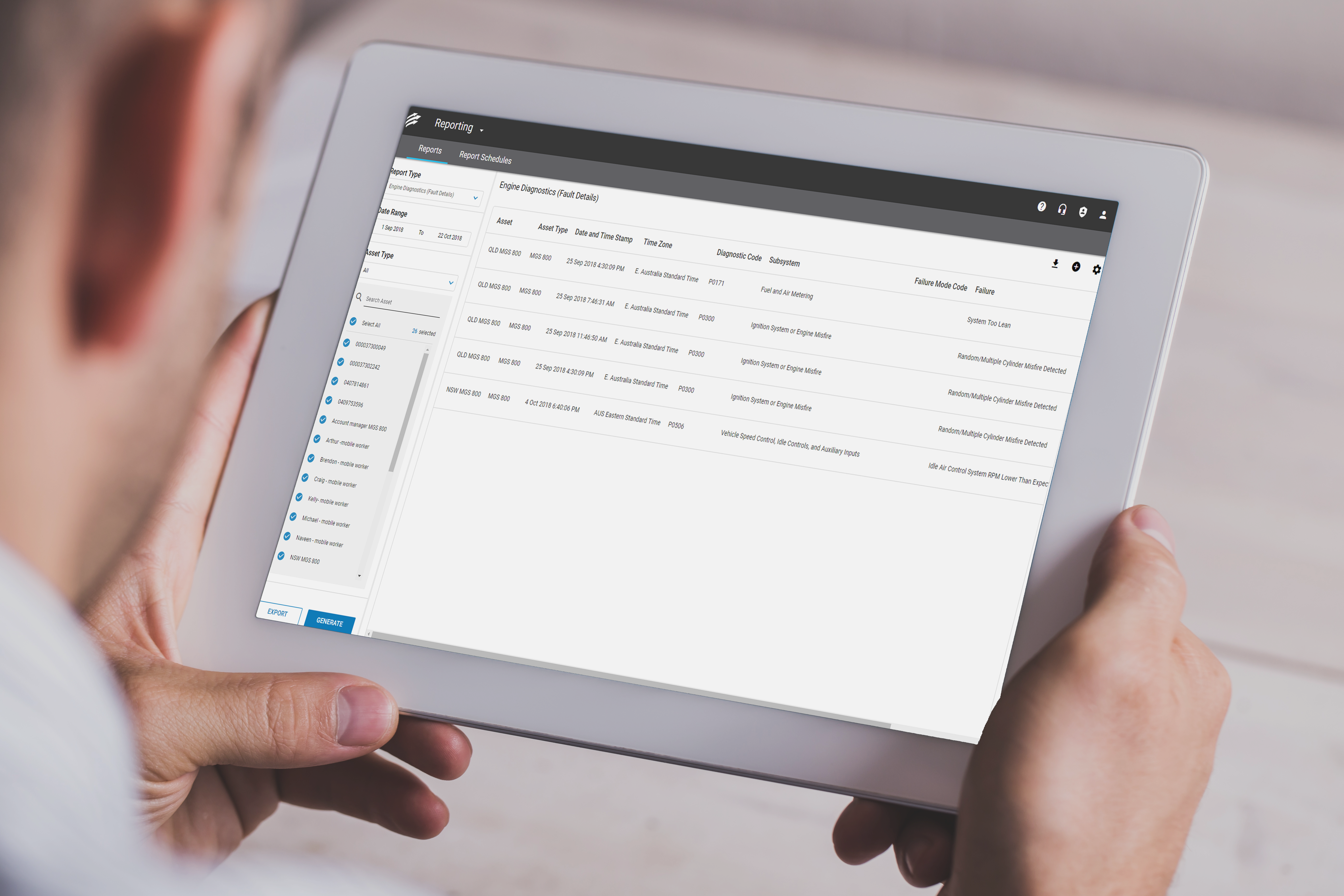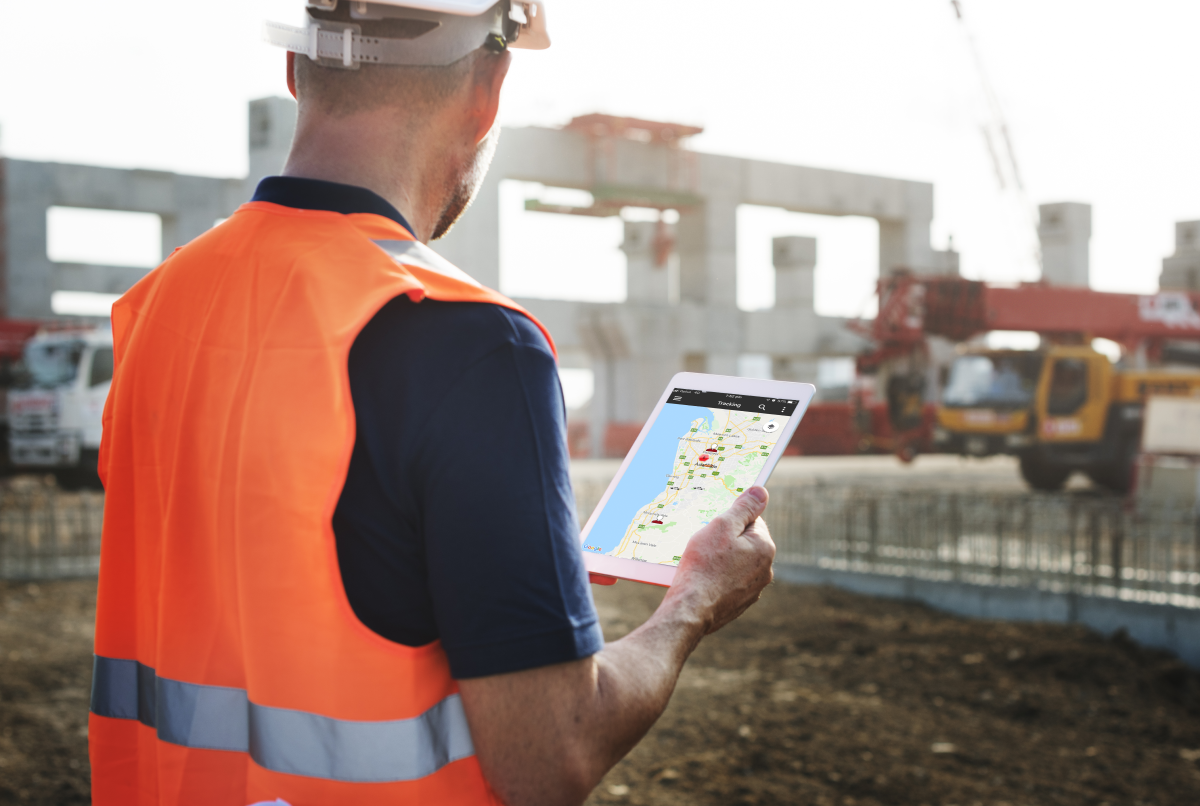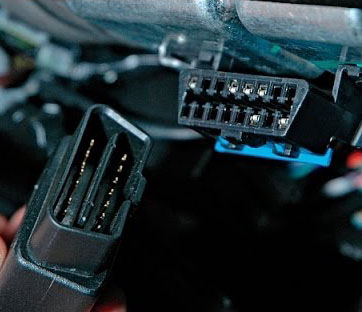Businesses now often use fleet management and telematics software to enhance the visibility and efficiency of their fleets. However, there can be confusion between the two technologies and the role they each play in fleet management.
It helps to understand each technology in terms of what it is and how your fleet can benefit from it. In this article, we will define each term and discuss how they are leveraged together for a powerful, data-driven approach to fleet management.
What are Telematics and GPS Tracking Systems?
In their most basic form, telematics devices collect and transmit data on your vehicle usage and behaviours. The word ‘telematics’ combines the terms ‘telecommunications’ and ‘informatics’ and refers to how telecommunication devices send and store data to help make data-driven decisions.
These in-vehicle devices can collect diagnostic data such as vehicle speed, mileage, aggressive driving behaviours such as braking or accelerating, and wasteful idling. From supporting the municipal government to first responders to forestry trucking companies in remote areas, telematics help fleets collect valuable data to optimise their functions and yield greater ROI.
More specifically, telematics is helping fleets in the following ways:
- Improving productivity by using vehicle metrics to boost fleet performance and efficiency.
- Tracking and managing vehicle maintenance and fuel usage using real-time data management, effectively lowering maintenance costs and reducing breakdowns.
- Increasing fleet visibility to dispatch drivers based on location and available assets.
- Increasing driver safety with real-time visibility of the road, driver behaviour insights, and asset health.

Telematics is not a new technology but has been growing steadily in adoption since the late 2000s when more fleets began to realise the advantages that telematics devices offer.
Today, vehicle telematics are frequently paired with GPS tracking devices to improve fleet visibility and safety. When paired with GPS trackers, command centres can leverage additional telematics, including geofencing and traffic data, to give fleet managers better location-based insights.
Fleets utilising telematics are realising improved fleet performance, better driver safety, and a positive ROI, some less than one year after implementation.
What is Fleet Management Software?
While telematics is the individual data points being received from in-vehicle devices, fleet management systems help aggregate and manage all of these vehicle data points across every telematics device in your fleet.
Managing a variety of commercial vehicles can be challenging for fleet managers, but the right software helps manage the entirety of your fleet in one unified place – bringing a holistic approach to fleet operations through a connected, scalable platform. With this, you can oversee your fleet from one remote screen and know what is happening in the field at all times.
![]()
In short, incorporating a software system with your telematics allows fleet management to oversee and streamline the following fleet operations:
- Vehicle, asset, and equipment management
- Preventative maintenance and vehicle repairs
- Real-time fuel usage and emissions monitoring
- Historical records for driver behavioural data
- Scheduling of inspections, defect reporting, and audits
- Proactive accident and risk management
How Fleet Management and Telematics Work Together
When telematics devices are brought together with effective fleet management software, they become a powerful tool for businesses.
Combining a telematics system’s ability to record vehicle, behaviour, and location data with easy-to-use fleet management software helps to accurately relay information to the fleet manager in real-time – allowing them to always make informed decisions on the go.
For example, if a vehicle needs to be dispatched to a job site, the fleet manager can immediately review available vehicles and determine the best one for the job based on its location, available assets, and driver status.
The combination of fleet management software with telematics also maintains safer operations. The pairing allows fleet managers to be notified of poor driving behaviour such as speeding to help identify areas of improvement. You also gain in-depth information on vehicle maintenance status’ that can be viewed in one place – helping to ensure your fleet health is up to par and operating safely.
Overall, through the combined efforts of telematics with a robust fleet management solution, managers can maximise their fleet’s productivity by gaining both the data required to make informed business decisions and the software needed to display it efficiently and in real-time.
![]()
The Perfect Pair
The true potential of a fleet management solution is realised when telematics and fleet management software come together – creating a result that provides the data you need whenever you need it.
Fleet Complete is committed to combining the powerful metrics of telematics with a robust fleet management solution so fleet managers can optimise their fleet and improve their overall operations.
Take our fleet management system for a spin to see how it can leverage your vehicle telematics to help you reduce operating costs, increase worker safety, and optimise your fleet management. Get started today by trying our Fleet Complete demo.
If you found this article helpful, please share it on social media.




















